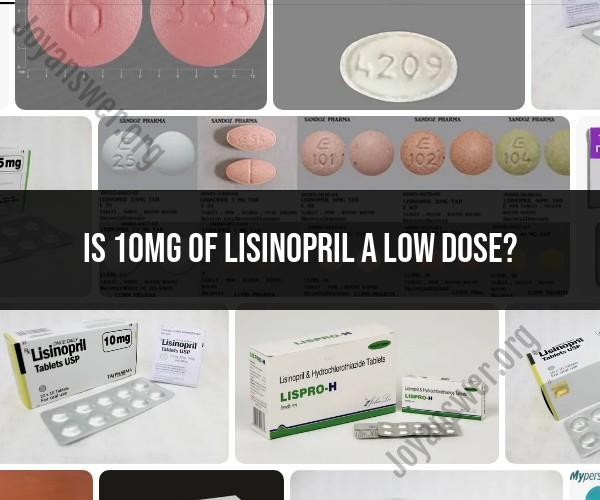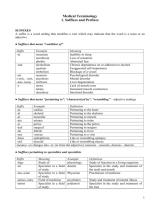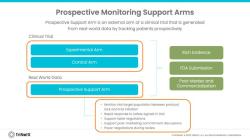Is 10mg of lisinopril a low dose?
The appropriate dosage of lisinopril, like any medication, can vary depending on an individual's medical condition and their response to the medication. What is considered a low dose, a standard dose, or a high dose can differ from person to person.
Lisinopril is commonly used to treat high blood pressure (hypertension) and other heart-related conditions. A typical starting dose of lisinopril for the treatment of hypertension in adults may be 10 mg once a day. However, the dose can be adjusted based on the individual's blood pressure response.
For some people, 10 mg may be sufficient to effectively lower their blood pressure to a target level. In this case, 10 mg would not be considered a low dose for that individual.
On the other hand, some individuals may require higher doses of lisinopril to achieve the desired blood pressure control. In such cases, doses of 20 mg, 40 mg, or even 80 mg per day can be prescribed.
It's essential to follow the prescribed dosage and instructions provided by a healthcare professional. If you have concerns about your lisinopril dosage or its effectiveness, it's best to discuss them with your healthcare provider. They can adjust your dosage if necessary based on your specific health needs and how well you respond to the medication. Never change your medication dosage without consulting your healthcare provider, as doing so can have adverse effects on your health.
Lisinopril Dosage: Is 10mg Considered a Low Dose?
Yes, 10mg of lisinopril is considered a low dose. The starting dose for lisinopril is typically 5-10mg once daily. The dose can be increased gradually as needed, but the maximum recommended dose is 80mg per day.
Medication Matters: Understanding Lisinopril Dosage Levels
Lisinopril is a prescription medication used to treat high blood pressure, heart failure, and to reduce the risk of stroke after a heart attack. It is an angiotensin-converting enzyme (ACE) inhibitor, which works by relaxing blood vessels and making it easier for blood to flow.
The dosage of lisinopril that is right for you will depend on a number of factors, including your age, kidney function, and other medical conditions. It is important to talk to your doctor about the best dosage for you.
Lisinopril and Dosing: Interpreting the 10mg Option
A 10mg dose of lisinopril is often used as a starting dose for people with high blood pressure. It is also a common dose for people with heart failure. However, some people may need a higher or lower dose of lisinopril depending on their individual needs.
If you are taking lisinopril for high blood pressure, your doctor will monitor your blood pressure regularly to see if your dose needs to be adjusted. If you are taking lisinopril for heart failure, your doctor will also monitor your symptoms and heart function to see if your dose needs to be adjusted.
It is important to note that lisinopril can cause side effects, such as dizziness, lightheadedness, and a dry cough. If you experience any side effects, talk to your doctor.
Here are some additional tips for taking lisinopril:
- Take lisinopril with food to reduce the risk of stomach upset.
- Avoid taking lisinopril with salt substitutes that contain potassium, as this can increase your blood potassium levels.
- Tell your doctor about all other medications you are taking, as some medications can interact with lisinopril.
- If you have any questions or concerns about lisinopril, talk to your doctor or pharmacist.












